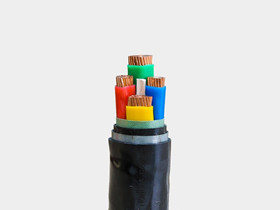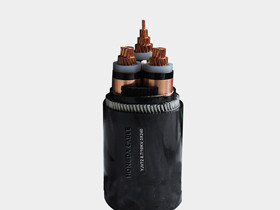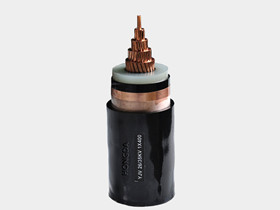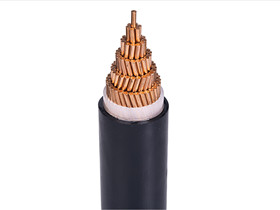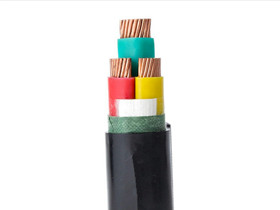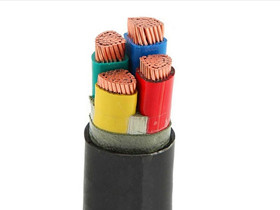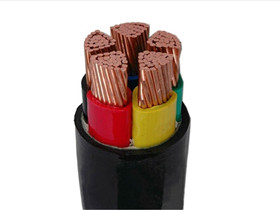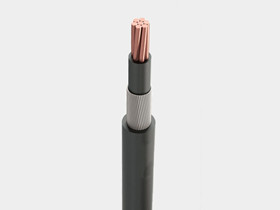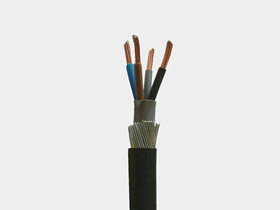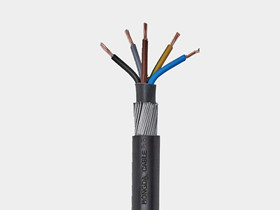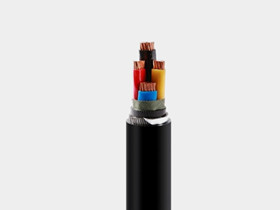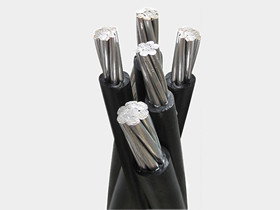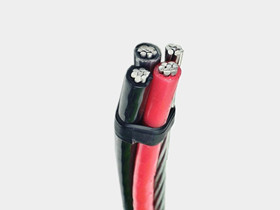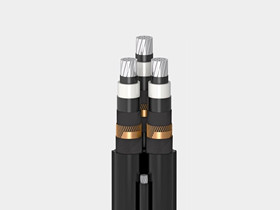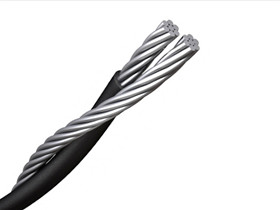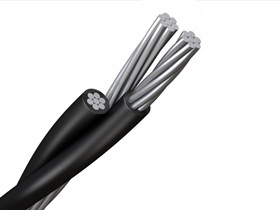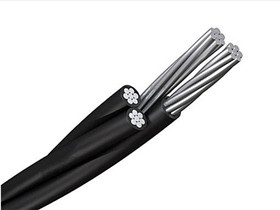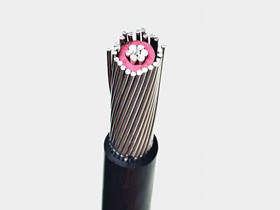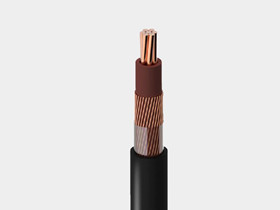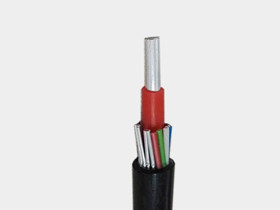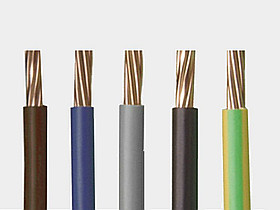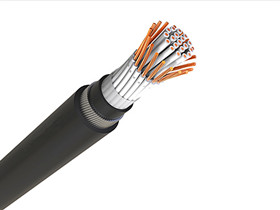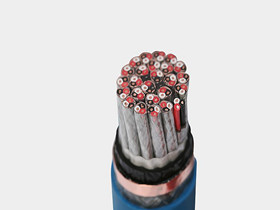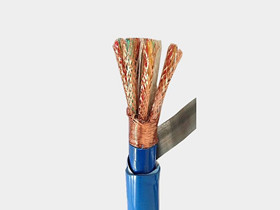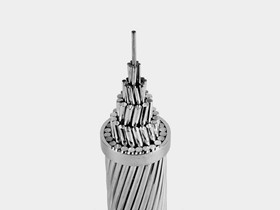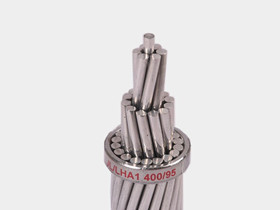HENAN HONGDA CABLE EXPORT CABLE TO UGANDA
In recent years, the Ugandan government has invested heavily in power generation and high-voltage transmission. With the completion and operation of large hydropower stations such as Karuma and Isamba, Uganda's total installed capacity is expected to reach 2051 MW by 2020. However, according to the current speed of power grid development, Uganda will only consume 733 MW of installed capacity by 2020, and the gap between power supply and demand will reach 1318 MW. This means that Uganda will face a serious mismatch between power generation capacity and power consumption capacity in the future, which will also affect the economic benefits of large hydropower stations and high-voltage transmission lines built in Uganda in recent years. At the same time, the current level of rural electrification in Uganda is low, and the coverage rate is only about 7%. The widespread lack of electricity in rural areas has seriously affected the economic development of Uganda, the improvement of people's living standards and the support and support of the people to the current government.
In view of the above, after the construction of large hydropower stations and high-voltage transmission lines, the next key work of the Ugandan government will be to rapidly develop the national distribution network construction and rural electrification construction.
After years of innovative development, Hongda Cable Co., Ltd. has cultivated three strategic emerging industries of high-end manufacturing of transmission and transformation cables, new energy and new materials, and has developed into the world transmission and transformation industry. Pioneer enterprises in the power industry have realized the transformation from manufacturing to manufacturing services, from stand-alone manufacturing to system integration, and then to service the world with Chinese power standards.

Guarantee of smart grid upgrading in the future
In order to ensure the economic applicability, we applied some Chinese standards to the project, combined with the local climate characteristics and equipment use requirements of Uganda, and selected the equipment for the project from the aspects of reducing transformer losses and adopting split prepayment meters. This improvement reduces the no-load loss and load loss of the transformer, improves the management level of the local power operators, improves the reliability of the meter operation, and provides a guarantee for the future smart grid upgrade.In order to ensure the long-term, effective and stable operation of Uganda's rural power grid, we have formulated a detailed operation management and maintenance plan, including training, regular inspection, irregular consultation and answer and problem handling.




